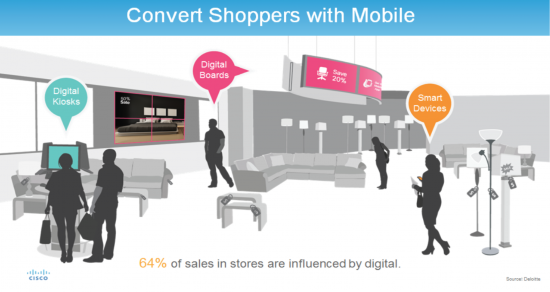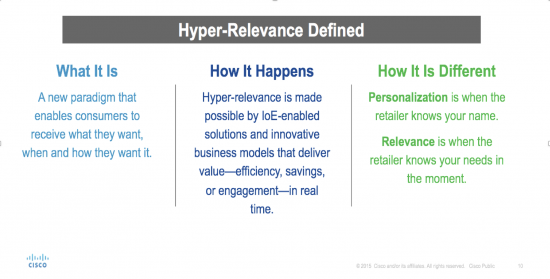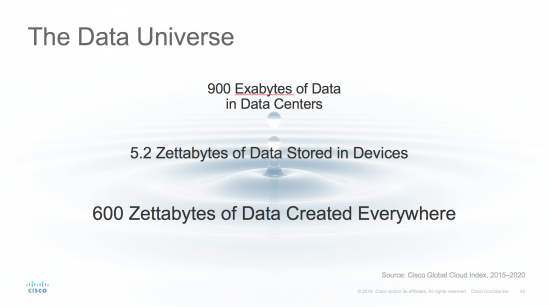I need to preface this blog with a full disclosure statement. I love shopping! And apparently I am not alone in my affinity for all things retail. Let’s face it, many people enjoy the thrill of acquiring a new “bright shiny thing” or the high of getting a deal on something you need. However, the increasing demands of work and my growing family have put a bit of damper on my shopping excursions. Juggling a toddler and a career in Silicon Valley, limits my mall visits to brief “retail reconnaissance missions” that require speed, efficiency and ninja-like precision. No longer can I leisurely shop, peruse endless racks of gear, or pore over store displays with potential new acquisitions. I’ve got to get in and out quickly.
On my annual expeditions to my birth country (India), it is almost a tradition for me to visit my local stores to buy some outfits and goodies. Over the last few years, I have seen malls come into being with small stores and some big name brands consolidating under one roof. Very convenient for me now versus traveling to different areas of the city and struggling with traffic to get to my favorite stores. But most interestingly, during my last holiday trip when I was at the mall near my family’s home that I was astounded at the technology that was being used and the experience that ensued. As soon as I entered this local mall, I was greeted by a mall associate who asked me if I would like to sign up for a 20% coupon at any store in the mall and all she needed was my mobile number. I love a good deal (just can’t pass it up!) so I shared it immediately and received the coupon through a text message. But what was even more astounding was what followed. As soon as I walked through the mall, I would receive (via my mobile phone) the features or daily specials for stores in my immediate proximity. It seemed as if the mall knew what I was looking for and was actually helping me shop.

This blend of location-based marketing, mobile technology and data analytics made my experience an extremely efficient one. Fantastic! In fact, digitization and the application of big data in a person’s retail journey is increasingly becoming popular to understand a customers’ behaviors and preferences. And with more and more people using smartphones and wearables (e.g. smart watches, health monitors, etc.) these days, the customer journey can be enhanced and increasingly personalized. Cisco’s Visual Networking Index (VNI) predicts that the proliferation of smartphones will increase by 13% globally from 2015 to 2020 and wearables will grow by 44% throughout the forecast period. What does that mean? A retailer can target a customer (who opts in by sharing their mobile number) and make their experience within a store extremely customized and tailored to their preferences. This level of digital customer service and awareness can create loyalty and potentially life-long patronage. “Customers want brick-and-mortar stores to be as efficient as ecommerce,” according to e-Marketer. This illustrates how consumer expectations are crossing over such that the retail customer experience efforts must now transcend historical boundaries of digital and physical stores. This is made possible by today’s trend toward digital transformation as is described by the concept of “Phygital” retail in Brian McDonald’s blog.
The digital transformation in retail will also bring hyper relevance to customers and enable new ways of experiencing products. According to Gartner, “by 2020, 100 million consumers will shop in augmented reality.” Whether they allow you to try on makeup or place virtual furniture in your home, immersive technologies such as AR increase consumer engagement by enabling them to fully explore features and conveying additional information that can aid in a buying decision.”
Learn more about the technologies behind digital transformation in the recent paper The Future of Retail on the Cisco Retail website.

This digitization and the increasingly digital customer journey will also bring about another important aspect – massive amounts of new data being generated. Which brings in to question how much of this data will actually be used and analyzed. According to Cisco’s Global Cloud Index (GCI), the amount of data generated everywhere by all devices and connections in the data universe will be 600 ZB by 2020. Knowing how much of that data will find its way to a data center or be used/mined in some fashion is the “wild card” yet to be determined.

Many large retailers like Macy’s, Walmart etc. have already incorporated big data and analytics into their infrastructure thus ensuring a better and more targeted customer journey. And make no mistake, this is not just a tech trend – it’s legitimate big business. According to Adobe Digital Insights, Cyber Monday 2016 was the biggest day in the history of U.S. e-commerce with consumers spending $3.45 billion online (see Fortune Magazine article). I am excited to see what the next phase in the digital customer experience brings. With the holiday season upon us, I hope all of you are able to enjoy your own smart shopping sprees.

CONNECT WITH US